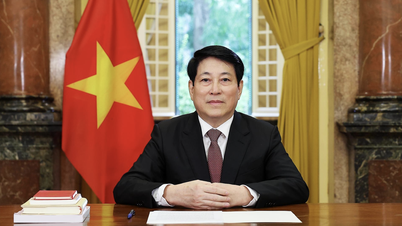Now the Pentagon, with advice from Schmidt and the startup Istari, is using machine learning to assemble and test war machines from simulations of individual components, such as chassis and engines, which are typically drawn on separate digital drawings.
“The Istari team brings the ability to apply the Internet of Things to models and simulations. This helps unlock the potential of software, such as flexible applications of physical systems in the future,” said the former Google CEO.
“Software Development Like the 70s”
Schmidt became CEO of Google in 2001, when the search engine had just a few hundred employees and was barely profitable. When he left Alphabet in 2017, Google was a powerful, revenue-generating empire with a growing portfolio of projects including advanced artificial intelligence, self-driving cars and quantum computing.
The former Google CEO is on a mission to restructure the US military with advanced artificial intelligence (AI) technology to deal with growing challenges. Not only that, he is also trying to apply Silicon Valley technology and thinking to the US military.

The mission stems from the shock Schmidt experienced in 2016 when he first saw the state of Pentagon technology up close.
“We looked at how the Department of Defense was using commercial technology. The agency was developing software the way it did in the 1970s and 1980s,” said Will Roper, Istari’s founder and CEO, who was then the assistant secretary of the Air Force for technology.
Schmidt described the country’s military as “talent in a bad system.” He said the Pentagon’s problem was not money, talent or determination, but an outdated apparatus that was only suitable for a previous era.
Independent studies and congressional hearings have shown that the US Department of Defense can take years to select and purchase software, resulting in these “items” becoming obsolete by the time they are deployed.
Building the perfect AI fighting machine
Now, the United States is undertaking a sweeping overhaul of its military technology, to better leverage new technologies from startups like Istari, with the Internet of Things playing a fundamental role in connecting low-cost, highly mobile mass-produced devices like drones and autonomous weapons.
AI is also an urgent factor in this overhaul. Pentagon leaders believe that AI will revolutionize military hardware, intelligence gathering, and supporting software.

In the early 2010s, the United States began looking to develop technology that would help it maintain an edge in the face of China’s military rise. The Defense Science Board, a top technical advisory body, concluded that the autonomy provided by AI would shape the future of military competition and conflict.
In 1930, Einstein wrote to President Roosevelt that new technology - nuclear weapons - would change warfare, and it did. Schmidt believes that today's decentralized, autonomous systems powered by AI have the power to change the balance of war in a similar way.
But AI technology is largely being developed in the private sector. The best tools that could be used in the military, such as algorithms that can identify enemy weapons or specific individuals in video or the ability to learn superior strategies, are being built at companies like Google, Amazon and Apple or inside startups, rather than within the Department of Defense.
“The big challenge facing the US military in the future is how to rapidly adapt to commercial military technologies faster than our competitors,” said Paul Scharre, vice president of the Center for a New American Security.
The US Department of Defense has largely worked with the private sector through large military contractors that build expensive hardware over many years, rather than developing software in short bursts. Pentagon contracts with tech giants including Amazon, Apple and Microsoft have become more common, but also controversial.
For example, Google's Maven project to analyze drone images using AI has created a wave of protests among employees, leading to the suspension of the cooperation agreement.
(According to Wired)
Source



































































































Comment (0)